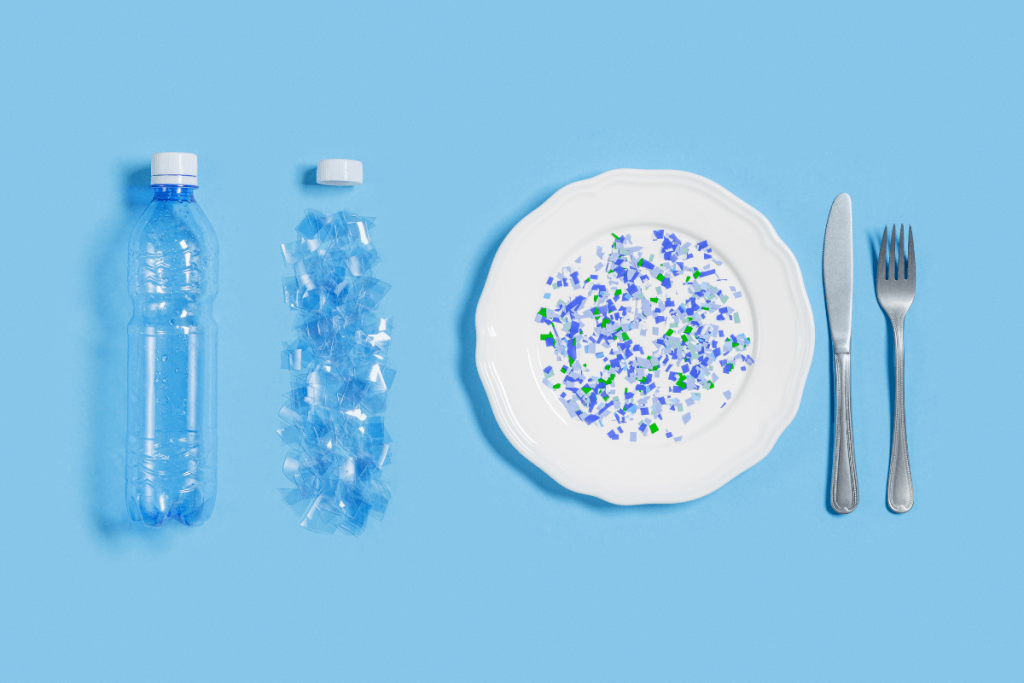
Microplastics (MPs), which are plastic particles smaller than 5 mm, are ubiquitous environmental contaminants found in air, soil, water, and food chains. More evidence suggests that MPs are capable of bioaccumulation in human tissue, increasing the concern about their potential toxicological and reproductive effects. It is critical to investigate the environmental factors that contribute to impaired spermatogenesis. Previous studies have detected MPs in human blood, placenta, and fecal matter; less data exist that show the presence in human semen and the molecular mechanisms underlying the reproductive toxicity.
This study aimed to assess the presence of MPs in human semen samples and identify the connection between MP exposure and sperm quality parameters. It assessed the mechanisms by which MPs specifically bind polystyrene particles and affect spermatogenic function.
Two hundred semen samples were collected from adult men. MP detection was conducted by using micro-IR spectroscopy and scanning electron microscopy for identification, classification, and size distribution of plastic particles. Six types of MPs were detected, which are polystyrene (PS), polyvinyl chloride (PVC), polyethylene terephthalate (PET), polyethylene (PE), polypropylene (PP), and polyurethane (PU). Statistical analysis was assessed to determine the link between lifestyle factors, MP presence, and semen quality indicators like sperm concentration, motility, and morphology.
50 µm PS microplastics were administered to the mouse model and GC-1 cells to assess causative mechanisms. Transmission electron microscopy and molecular assays were used to assess activation of autophagy and apoptosis pathways. It focused on MAP3K1/p38/c-fos signaling cascade. Chromatin immunoprecipitation (ChIP) and luciferase reporter test assessed the transcriptional role of FOXA1 in regulating MAP3K1 expression.
Microplastics were detected in 55.5% of semen samples, indicating widespread human exposure. The mean MP concentration changed in individuals and reflected variations in environmental exposure and personal habits. PS and PVC were dominant types, and together they account for about 60% of the total MPs detected. Frequent use of plastic tableware, disposable cups, and food packaging was significantly correlated with increased concentration of MP in semen. Individuals with increased MP levels showed reduced sperm concentration and total motility. It indicated a potential negative correlation between sperm quality and MP exposure.
Experimental studies gave insightful information on this link. Mice exposed to PS-MPs exhibited a reduction in sperm count, motility, and morphological normality as compared to controls. Histological evaluation showed degeneration of seminiferous tubules, disrupted spermatogenic organization, and vacuolization of Sertoli cells. PS-MP exposure upregulated autophagy-related genes like ATG5, ATG7, Beclin1, LC3β, P62, and pro-apoptotic markers like Bad, Bax, cleaved Caspase-3/9, with downregulation of anti-apoptotic proteins like Bcl-2 and Bcl-xL. Transcriptomic analysis showed activation of the MAP3K1/p38/c-fos signaling pathway. FOXA1 is a transcription factor, and it is implicated in the cellular stress response. It was found to directly bind to MAP3K1 expression and downstream signaling, which confirms an important role in the MP-induced spermatogenic injury.
This study showed a link between microplastic exposure and male reproductive health issues. MPs were detected in half of the semen samples, which highlights the widespread presence of plastic contamination in the human environment and potential for bioaccumulation in the reproductive tissue. Common consumer behaviors like using plastic containers and tableware can be critical sources of exposure. It reveals that MPs disrupt the testicular homeostasis, which leads to sperm quality reduction. The results highlight MPs as emerging reproductive toxicants and increasing concern about environmental safety and human fertility. Future research should focus on longitudinal studies, dose–response relationship, and public health interventions.
Reference: Qu J, Zeng J, Mou L, et al. Plastic tableware use, microplastic accumulation, and sperm quality: from epidemiological evidence to FOXA1/p38 mechanistic insights. J Nanobiotechnol. 2025;23:634. doi:10.1186/s12951-025-03747-7












